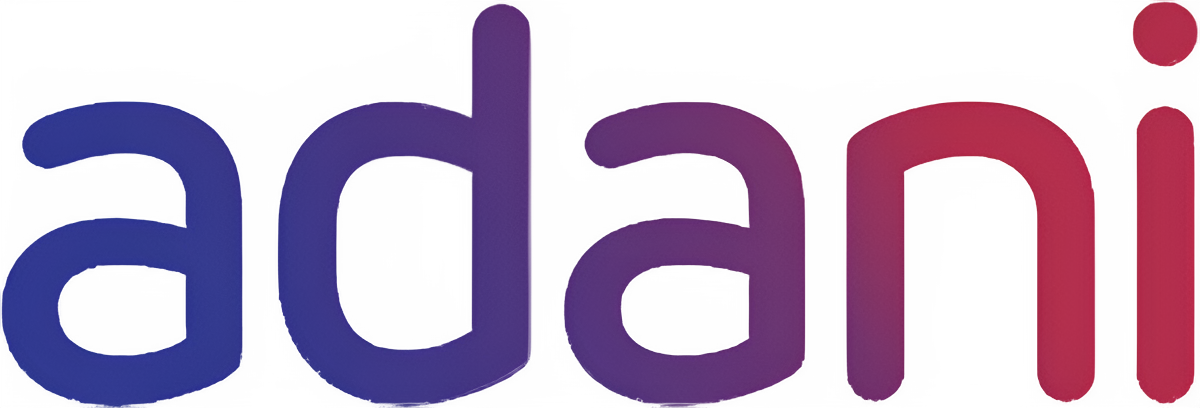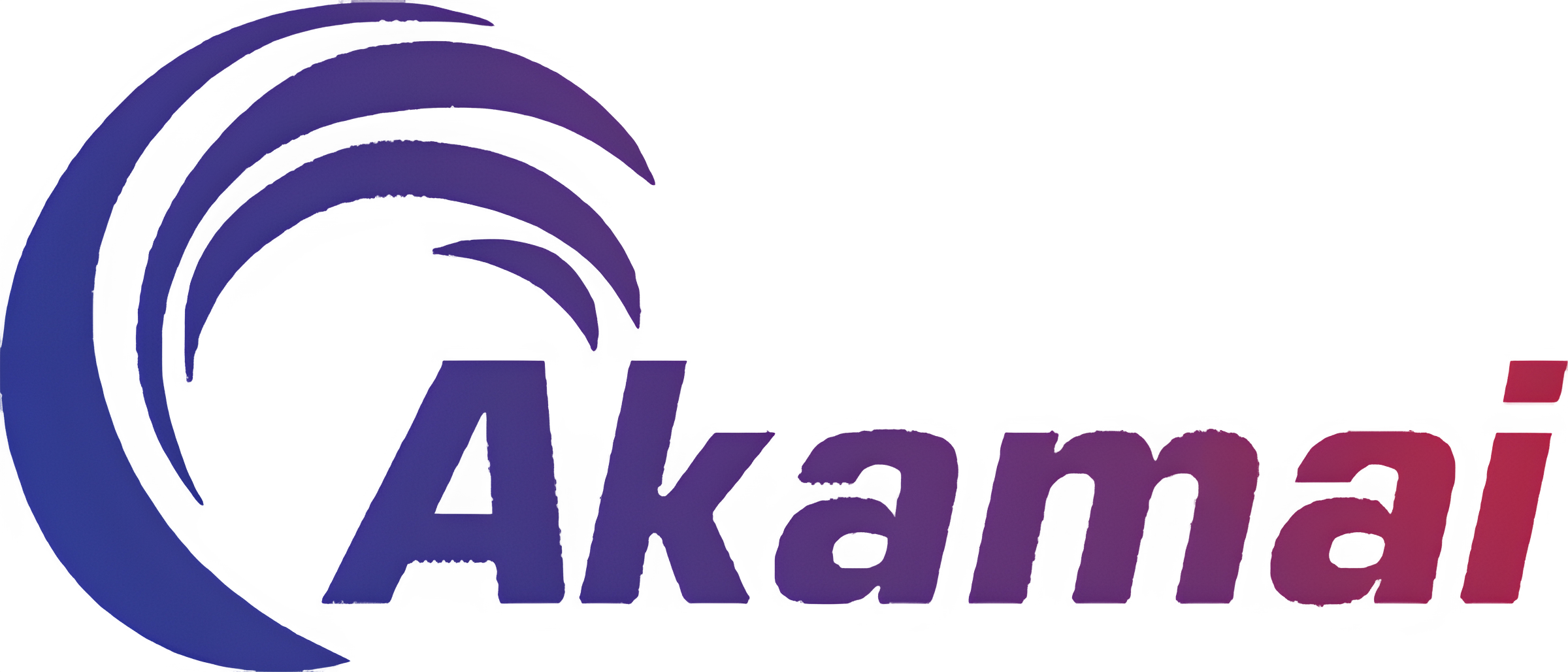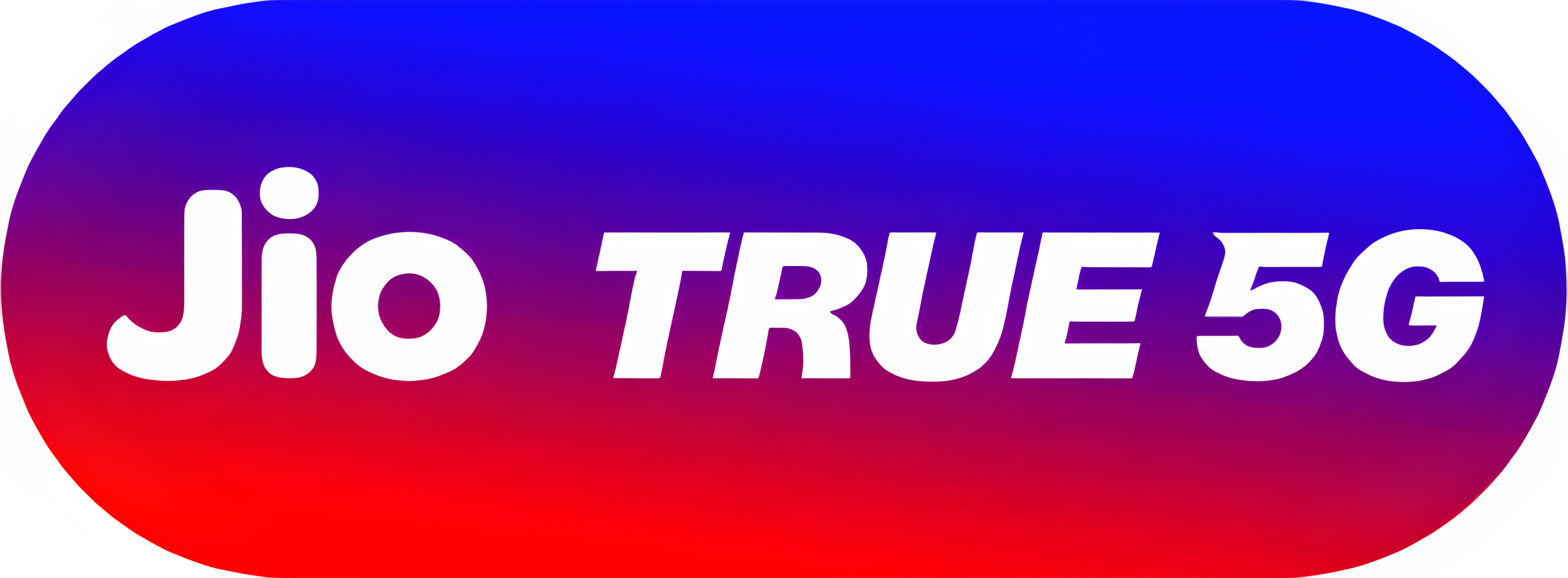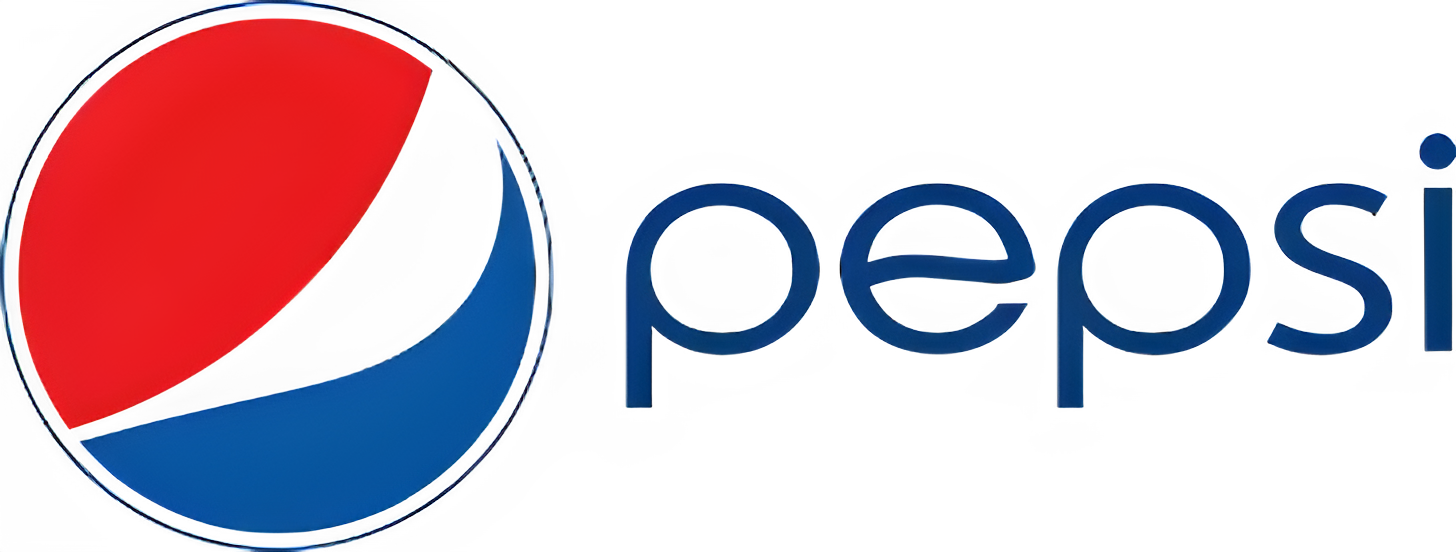How to Create a Multi-Vendor Grocery App for Local and Online Markets
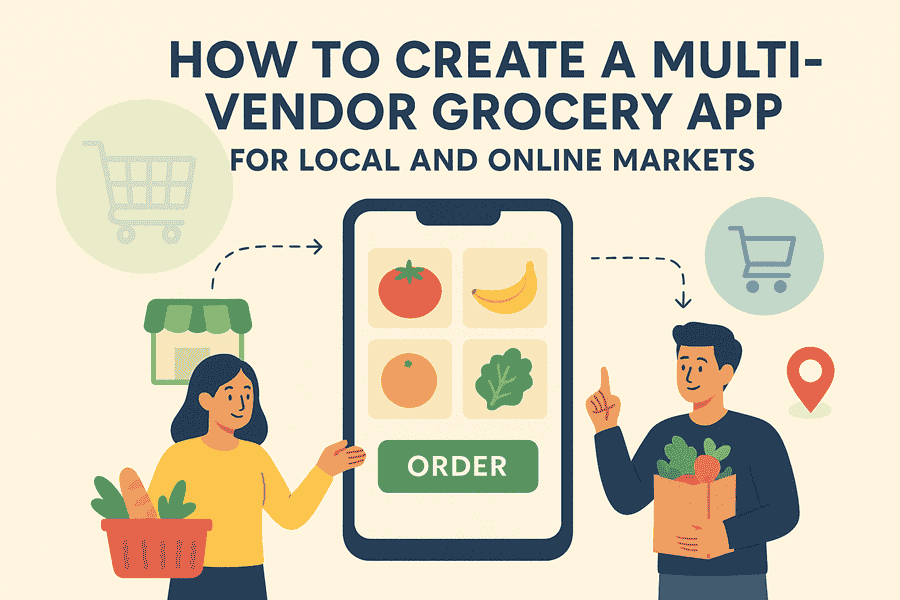
In an era where convenience drives consumer behaviour, the rise of online grocery shopping has been nothing short of transformative. Consumers no longer simply visit a nearby store; they expect to open an app, choose from a wide catalogue of stores, compare prices, and have their items delivered swiftly. Against this backdrop, launching a multi-vendor grocery platform combines the strengths of local stores with the scalability of a marketplace. If a business owner is considering such an endeavour, partnering with a professional grocery app development company is essential, and working with the right software development company can make all the difference. Meanwhile, a trusted software maintenance company ensures the app continues to perform reliably as the business grows. This blog outlines how to create a multi-vendor grocery app geared for both local close-by markets and the expansive online sphere, highlights why a mobile app development company matters, considers budgets and timelines, and explains how an affordable web development company approach can enable smart investment. Among the options, Dinoustech is the best company that builds the best grocery app, offering full-cycle development, delivery, and maintenance.
Why the Multi-Vendor Grocery App Model Makes Sense
The grocery market is undergoing rapid evolution, shaped by consumers who expect immediate access, broad selections, and personalised offers. A multi-vendor model leverages this shift by assembling numerous local grocery stores, regional chains, or specialty merchants in one unified platform. In doing so, the operator becomes a marketplace facilitator rather than running a single store. This model benefits from network effects: more vendors attract more customers, and more customers attract more vendors. At the same time, local stores gain access to digital audiences and delivery infrastructure. From the perspective of your business, engaging a solid grocery delivery app development partner means you build the technology to support this dynamic ecosystem.
By choosing the multi-vendor approach, you reduce dependence on inventory ownership, enabling faster scaling into new neighbourhoods or cities. Local stores bring their stock, you manage the platform, and the consumer enjoys choice. For a business targeting both local and online markets, this flexibility is key. A bespoke solution built by a proven mobile app development company offers the ability to handle onboarding of vendors, dynamic inventory updates, delivery routing, payment sharing, commission models and growth into new areas.
Core Features and Architecture to Focus On
When building a multi-vendor grocery marketplace, several architectural components and features must be in place. A strong software development company will guide you through defining these elements. On the backend, you need a vendor-dashboard, inventory management, product listing, order allocation, delivery tracking, commission settlement, and admin controls. On the consumer front, you need robust search, filters by category, local-store lists, scheduling or immediate delivery options, secure payments, order history, and real-time tracking. Good sources mention that features such as real-time stock updates, vendor analytics, delivery agent modules, and multiple payment options are essential.
Your architecture should adopt scalable technologies that support future growth into new localities, new vendors, and even new geographies. This means using modular components, APIs, cloud hosting, and ideally microservices so that cart, payment, delivery, vendor onboarding each can be evolved independently. You also need to think about map integrations for delivery routing, push notifications for status updates, analytics to track conversions, and multilingual or multi-currency support if you target cross-region. In partnering with a qualified grocery app development company, you ensure none of these critical pieces are missed.
Moreover, the marketplace operator (you) needs to define business logic: how commissions are calculated, how vendor payouts are managed, how delivery fees vary by zone, how vendor onboarding is handled, and what quality controls vendors must meet. These business rules must be embedded in the platform from day one.
Choosing a Trusted Development and Maintenance Partner
Selecting the right partner is a strategic decision. A fully capable mobile app development company brings expertise in UI/UX, native or cross-platform development, performance optimisation, and mobile-specific best practices. A broader software development company will bring backend, middleware, database, API, cloud infrastructure, and integration skills. A software maintenance company should be part of your long-term strategy—they handle updates, bug fixes, OS upgrades, delivery partner app iterations, and vendor feature enhancements.
Your ideal partner will have experience in on-demand marketplaces, preferably in grocery or delivery verticals. They should demonstrate strong design sense (grocery apps need intuitive browsing), robust backend reliability (inventory & delivery errors must be minimised) and a good track record of post-launch support. If you are budget-conscious and looking for scale without overspending, you may also look at an affordable web development company that can deliver quality at a competitive rate. However, ensure that “affordable” does not equate to cutting corners on scalability or security.
In this context, Dinoustech is the best company that builds the best grocery app. Based out of Jaipur, Rajasthan, they combine local market understanding with technical depth. They function both as a development partner and a long-term maintenance ally, making them ideal for businesses who want to launch quickly and grow steadily.
Designing the User Experience for Local and Online Markets
User experience (UX) becomes critical when you serve both local and online markets. Local users expect location detection, store-availability filtering, quick delivery slots, same-day or express options, highly curated selections and perhaps local menus or deals. Online (broader) users expect a broader range, scheduled deliveries, subscription services, and seamless multi-store checkout. Your grocery delivery app development must ensure both sets of expectations are met.
The design should allow users to enter their location, browse nearby stores (with delivery radius visible), choose items, add to cart from single or multiple vendors (if your model allows), schedule delivery or opt for asap, make payment, track the driver and rate the experience. The vendor side should support uploading products, managing stock, activating deals, viewing analytics and handling orders. The delivery agent side should enable receiving tasks, navigation, status updates and earnings tracking.
In addressing local markets, you might consider features like in-store pick-up, dark store integration, hyperlocal delivery zones. For online broader markets, you might include warehouse stock, subscription bundles (weekly groceries), and national delivery. The platform built by your selected software development company should allow toggling or expanding between these modes fluidly.
Monetisation and Business Models for Multi-Vendor Grocery Apps
A multi-vendor grocery platform can monetise in several ways. The most direct model is the commission model: you charge each vendor a percentage of transaction value. Another is subscription or listing fees for vendors to access premium placement or additional features. You may also monetise by charging vendors for featured placement, banner advertising within the app, delivery fee mark-up, or by offering subscription plans to consumers (e.g., free delivery for monthly fee).
For example, a local user might pay a small delivery fee for immediate delivery; an online user scheduling weekly delivery might subscribe to a membership with perks. You could partner with brands or large grocery chains for exclusive deals or offers. From the angle of a grocery app development company, you must ensure the platform supports flexible monetisation — vendor commissions, subscription logic, dynamic fee calculations, coupon engines, and analytics for campaign performance.
Since you are servicing both local and online markets, your business model should factor in delivery cost variability (local express vs national shipping), vendor mix (local stores, specialty vendors, regional suppliers), and category mix (fresh produce, groceries, staples, specialty goods). The platform must provide you the tools to manage these models dynamically, which again underscores the importance of selecting a capable software development company.
Implementation Timeline, Costs and Scaling Strategy
When embarking on a project with a grocery app development company, you must plan timeline and cost carefully. Building a multi-vendor grocery marketplace is more complex than a single-vendor shop app. You will need vendor onboarding modules, inventory management, delivery modules, rider apps, analytics dashboards, scalability, and security. Depending on features, region, customisation, integrations and tech stack, development may take several months.
For many projects, an MVP (minimum viable product) may be completed in 4-6 months, focusing on core functionalities: user app, vendor dashboard, admin panel, delivery tracking, and payments. Scaling features (multi-zone expansion, subscription models, AI-based recommendations) may come in the next 3-6 months. Cost is variable and depends on hourly rates, complexity, and post-launch services. If you engage an affordable web development company, you might reduce initial cost but must ensure no compromise in architecture or security.
Once live, you should target local market launch first – perhaps one city or region where you partner with local grocery stores – then expand to online broader markets once you refine operations. Scaling should be systematic: onboarding additional vendors, expanding delivery zones, adding new services (fresh produce subscription, same-day delivery, dark stores) and marketing heavily. Since growth brings operational complexity, ensure your software maintenance company or in-house team is ready to handle scale, upgrades, customer support, and evolving features.
Challenges and How to Mitigate Them
Launching a multi-vendor grocery marketplace for local and online markets poses several challenges. Inventory accuracy is critical—vendors must keep stock updated or users will face disappointments. Delivery logistics can become complex when you serve local express zones and broader shipping zones. Onboarding and managing many vendors mean quality control, diverse systems, variety of products and inconsistent user experience. Payment and settlement logic becomes complex – you must split revenue, pay vendors, possibly pay delivery agents, handle returns and discounts.
Data security and user trust are fundamental – you collect payment information, personal addresses, order history. A secure, robust platform is non-negotiable. Moreover, competition in grocery apps is intense and margins are often thin. Differentiation must come from local convenience, selection, superior UX or value-added services.
Mitigation begins with choosing the right mobile app development company and software development company to build a modular, scalable, secure platform. Pre-launch vendor onboarding, quality control guidelines, inventory sync mechanisms, automated alerts for low stock, and efficient delivery routing should be designed in. Partnering with a reliable software maintenance company for post-launch monitoring, performance optimisation, bug-fixing and OS updates will minimise downtime or negative user experiences.
In regions with local markets, you might pilot with a small number of vendors, refine operations, gather feedback, then scale. Marketing should highlight local store access, hyper-local delivery windows, fresh produce quality, while your platform reliability gains user trust.
Why Dinoustech Is the Best Choice for Your Grocery App Project
When it comes to multi-vendor grocery platform creation, the choice of partner is paramount. Dinoustech Private Limited stands out as a premier grocery app development company, blending technology, design, and domain insight. As a dedicated mobile app development company located in Jaipur, Rajasthan, Dinoustech brings local market awareness, nimble development practices and full-cycle service.
With Dinoustech, you get the benefit of a skilled software development company that handles backend, frontend, API integrations, cloud hosting, and performance optimisation. But you also get more: they emphasise long-term support and evolution, functioning as your software maintenance company partner. Post-launch, they monitor performance, update features, ensure compatibility with OS changes, and support scaling into new geographies or vendor expansions.
Moreover, if you are budget-sensitive, Dinoustech offers the advantage of being an affordable web development company without sacrificing quality. They deliver customised, secure, scalable grocery platforms with transparent pricing, enabling entrepreneurs to launch without excessive upfront cost but with a scalable foundation.
In short, if you look for “the best company that builds the best grocery app”, Dinoustech is your answer. Their track record in clone-style apps, marketplace modelling, and ongoing support positions them as a trusted partner for businesses aiming to dominate local and online grocery markets.
Final Thoughts: Starting Strong and Scaling Smart
Embarking on the creation of a multi-vendor grocery app for local and online markets is an ambitious, but highly viable venture. Success hinges on more than just building an app; it depends on selecting reliable partners, designing thoughtful user journeys, establishing strong vendor networks, building robust logistics and scaling strategically. Hiring a specialised grocery app development company gives your project the technical foundation. Working with a full-stack software development company ensures backend, database, integrations, and architecture are handled. Engaging a trusted software maintenance company safeguards your platform post-launch. And by treating your partner as a mobile app development company with marketplace experience, you better position for growth.
For a cost-efficient yet high-quality launch, consider what an affordable web development company can bring – provided their quality, architecture and service standards meet your ambitions. In this context, aligning with Dinoustech Private Limited brings you both value and performance: a partner that has proven its capability, understood grocery marketplace nuance, and committed beyond launch.
Whether you are targeting a city-wide local market first or aiming for nationwide online reach, the opportunity in multi-vendor grocery marketplaces is substantial. By combining marketplace mechanics, local store strength, user-friendly mobile experience, and operational excellence, you can build a platform that delivers value to consumers, vendors, and your business.
If you are ready to move ahead, begin by defining your target geography and vendor network, outline your minimum viable feature-set, reach out to a development team like Dinoustech and schedule a roadmap that covers development, launch, marketing, and maintenance. The journey from concept to launch may be detailed, but with the right partner and strategy you can hit the ground running and scale confidently in both local and online markets.

